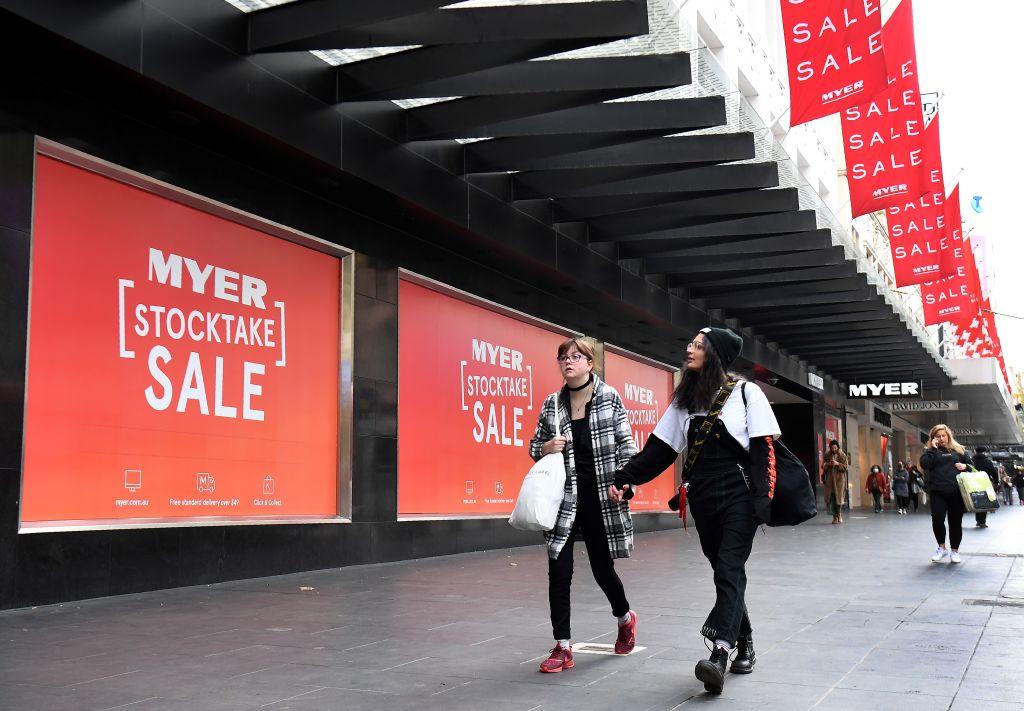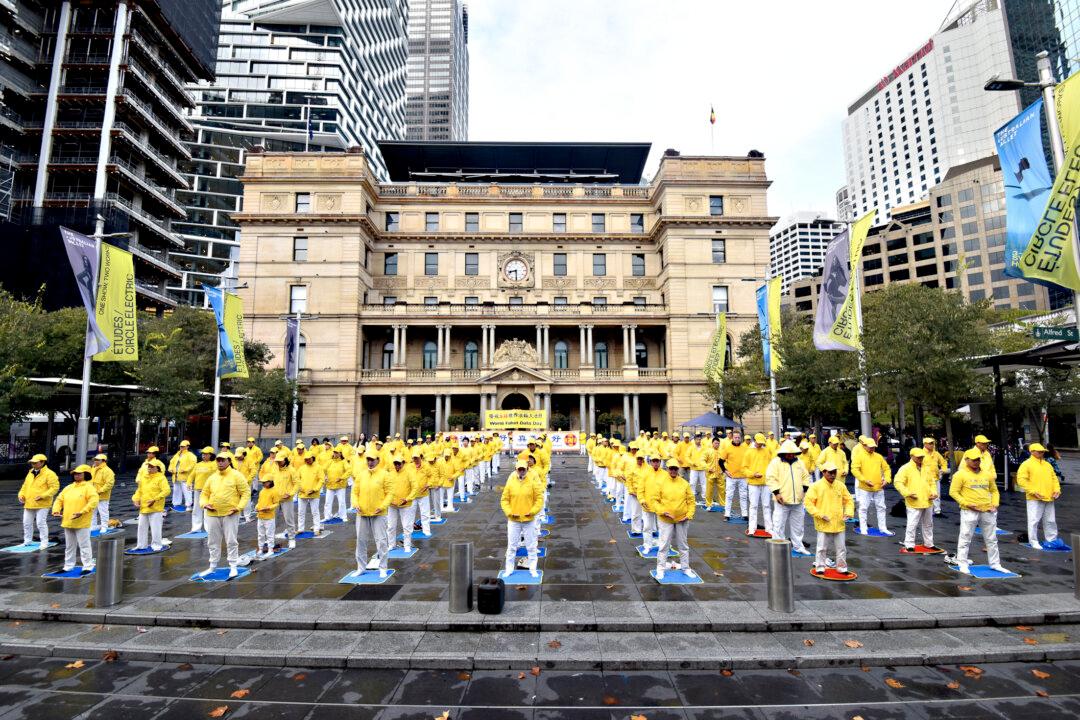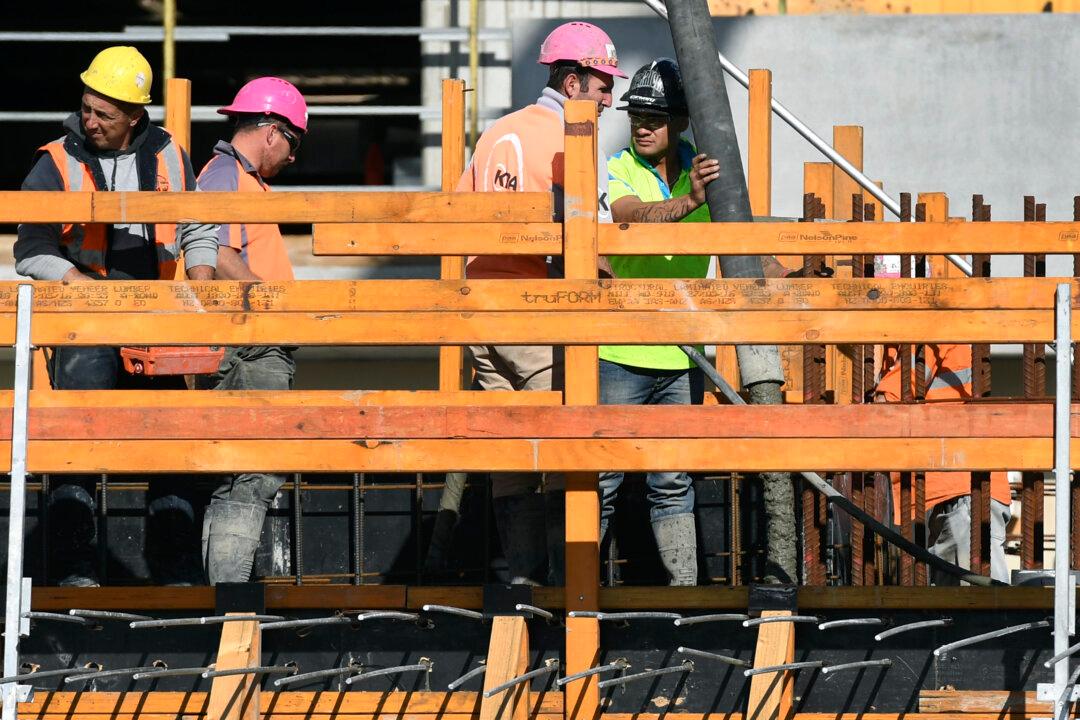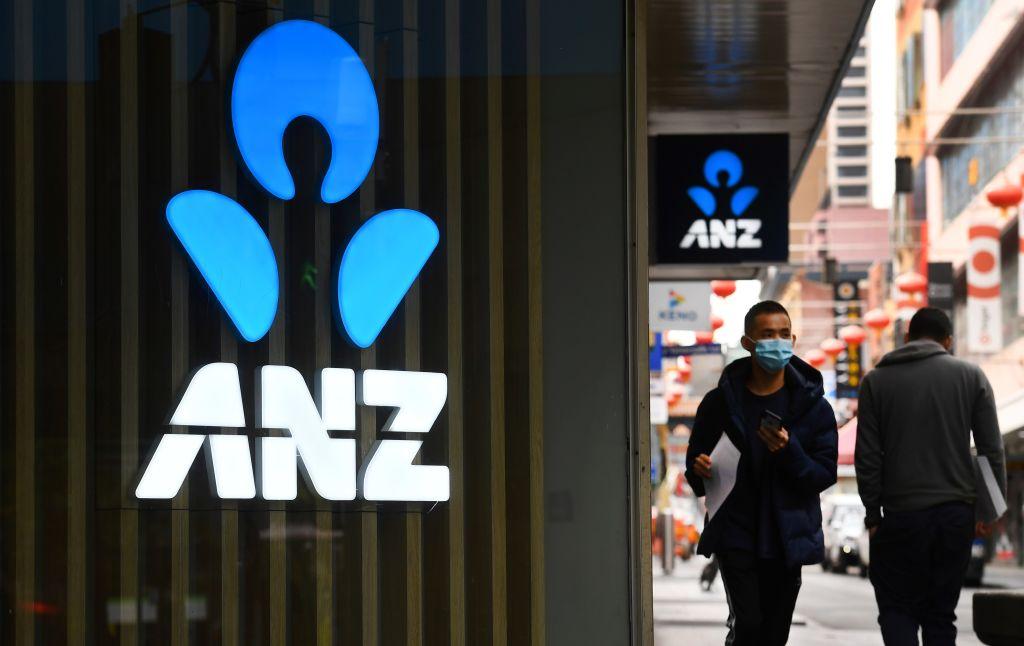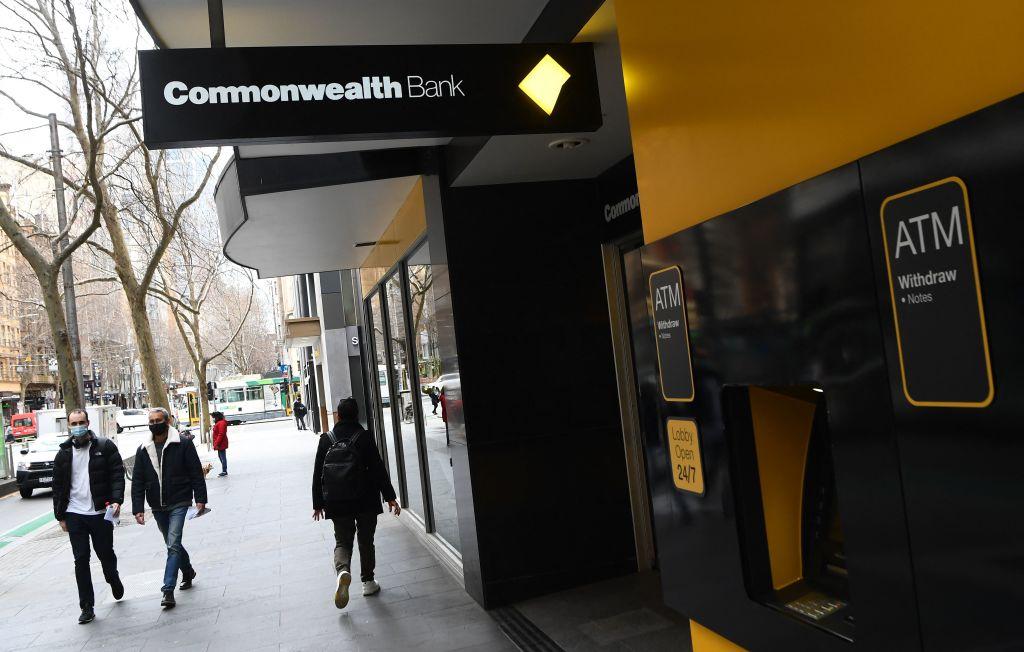The NAB Monthly Business Survey has been released and it has revealed that Australian business conditions and confidence saw a noticeable “broad-based improvement” in May, but overall remains weak, at negative levels not seen since the Global Financial Crisis in 2008.
The survey indicated that the improvements seen in the month were driven by better trading conditions as the CCP virus lockdown is incrementally lifted.
